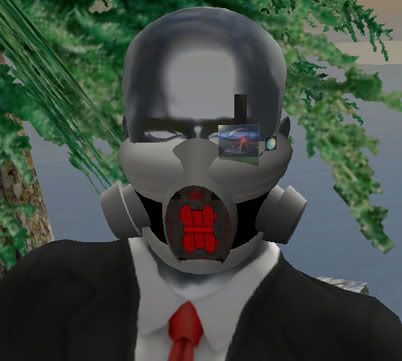Bursting on the scene recently as the new star of the night sky, Comet P17/Holmes has now grown larger than our sun. For those without telescopes, grab a pair of binoculars or just go outside and look skyward for a view of this amazing celestial object.
Also on the horizon is the Leonid meteor shower. Sure to be less stellar than in recent years, the Leonids are still a wonder. Look for peak periods on the evenings of November 17-18 (Saturday and Sunday). Predictions for activity are modest this year, with somewhere in the range of 10-15 per hour being the general consensus. Space.com reports that the usual cast of suspects (NASA's Peter Jenniskens, Jeremie Vaubaillon of France, Esko Lyytinen of Finland, David Asher of Ireland and Mikhail Maslov of Russia) are predicting a burst in Asia anywhere from 30-60 per hour. Unfortunately, this will most likely occur during the day for fellow skywatchers in the East.
The show is best viewed after midnight on Saturday to the predawn period of Sunday morning. The radiant (the point in the sky that the meteors appear to originate from) rises late for the Leonids. This particular shower originates from the mane of the Leo constellation (the "sickle"), from whence the name of the shower is derived. The International Meteor Organization provides a nice look at the radiant drift map.
For other observation events, check out the Week at a Glance feature at skyandtelescope.com.
11.16.2007
Subscribe to:
Post Comments (Atom)

No comments:
Post a Comment